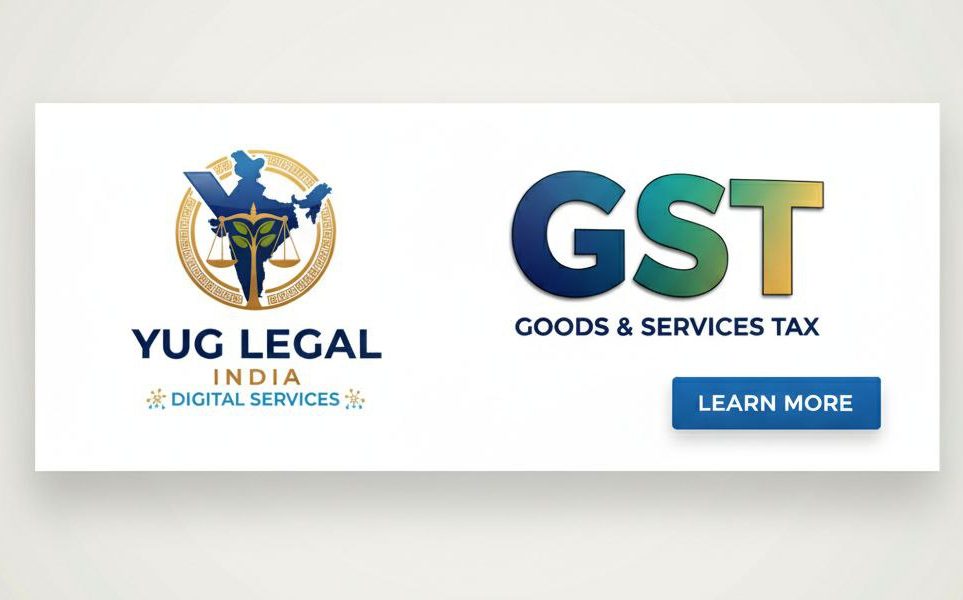Goods and Services Tax (GST)

Goods and Services Tax (GST) is a comprehensive, multi-stage, destination-based tax levied on every value addition of goods and services. Implemented in India on July 1, 2017, it replaced a complex web of central and state indirect taxes with a single, unified system. The core principle of GST is “One Nation, One Tax”.
- Manufacturer: A furniture maker buys raw materials for ₹1,000 and pays 18% GST (₹180).
- Wholesaler: The manufacturer sells the finished furniture to a wholesaler for ₹2,000, charging 18% GST (₹360). The manufacturer has already paid ₹180 in GST on raw materials, so they claim this as an input tax credit. They only pay the government the difference: ₹180 (₹360 – ₹180).
- Retailer: The wholesaler sells the furniture to a retailer for ₹3,000, charging 18% GST (₹540). The wholesaler, having already paid ₹360 in GST to the manufacturer, claims that as a credit. The wholesaler remits ₹180 (₹540 – ₹360) to the government.
- Consumer: The retailer sells the furniture to the end consumer for ₹4,000, plus 18% GST (₹720). The retailer claims the ₹540 in GST paid to the wholesaler as a credit. The retailer remits ₹180 (₹720 – ₹540) to the government.
In this entire process, each business claims an input tax credit for taxes paid on its purchases. The final tax burden of ₹720 is ultimately borne by the consumer.
Types of GST
India follows a dual GST model, with both the Central and State governments levying taxes. This results in four types of GST, depending on the transaction type:
- CGST (Central Goods and Services Tax): Levied by the Central Government on intra-state sales (within the same state).
- SGST (State Goods and Services Tax): Levied by the state government on intra-state sales.
- UTGST (Union Territory Goods and Services Tax): Levied on intra-territory sales in Union Territories without their own legislature.
- IGST (Integrated Goods and Services Tax): Levied by the Central Government on inter-state sales and imports. The revenue is later distributed between the Centre and the destination state.
Key benefits
- Removes cascading tax effect: The previous system levied tax on tax. GST’s input tax credit mechanism eliminates this, leading to potentially lower prices for consumers.
- Higher threshold for registration: The threshold for mandatory GST registration is higher than under previous laws, which helps small businesses.
- Composition scheme for small businesses: Taxpayers with a turnover below a certain limit can opt for the Composition Scheme, which reduces compliance burden.
- Simplified online process: The entire process, from registration to return filing and tax payment, is conducted online, making it easier and more transparent for taxpayers.
- Improved logistics efficiency: The removal of inter-state check posts under the e-way bill system has reduced transit time and transportation costs.
- Regulation of the unorganized sector: Online compliance and payments have brought more accountability to previously unregulated industries.
GST Council
The GST Council is the governing body for GST in India. Comprising the Union Finance Minister and state finance ministers, it makes key decisions on tax rates, rules, and regulations.
Taxes subsumed by GST
GST replaced a number of central and state-level indirect taxes, including:
- Central taxes: Central Excise Duty, Service Tax, Additional Duties of Customs (CVD and SAD), and Cesses and Surcharges.
- State taxes: State VAT, Central Sales Tax, Luxury Tax, Entertainment and Amusement Tax, and Entry Tax.








